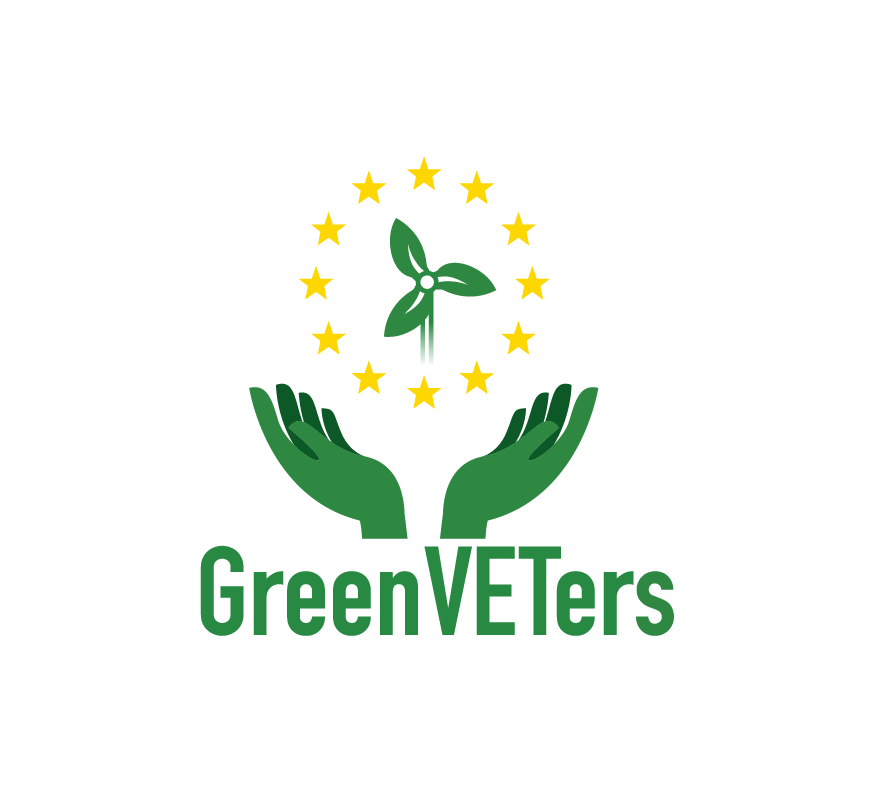The integration of technology in permaculture is becoming increasingly important as electronic systems are being utilised in a wide range of areas, from industry to agriculture. Advances in soil monitoring, meteorology, mapping, growth control, and laboratory equipment used in agricultural operations are providing more information and better insight into the production process, allowing for greater efficiency and profitability.
The use of technology in permaculture is critical for competitiveness in the market. The challenges of a shortage of manpower, restrictions on expanding cultivation areas, and the need for economic, environmental, and social sustainability in the permaculture sector have driven efforts in research, development, and innovation. One trend to overcome these challenges is the use of electronic systems in areas such as agricultural machinery, irrigation, control, processing, storage, and information management.
Electronic sensors, telecommunication resources, electrical commands, and hydraulic and pneumatic operations are some of the technologies that work together to provide maximum precision and agility. This results in machines equipped with features such
as autopilot, locators, trackers, seed counters, and flow control in sprayers. These technologies help to optimise growing conditions and make more informed decisions about water usage, crop selection, and other management practices. Additionally,
connecting sensors can allow for remote monitoring and automation of systems, making them more efficient and reducing the need for manual labour.
Overall, the application of technology in the permaculture sector is fundamental for competitiveness in the market. It helps to improve the efficiency, productivity, and production processes. The use of electronic systems in permaculture can also help to
overcome the challenges of a shortage of manpower, restrictions on expanding cultivation areas, and the need for economic, environmental, and social sustainability.

